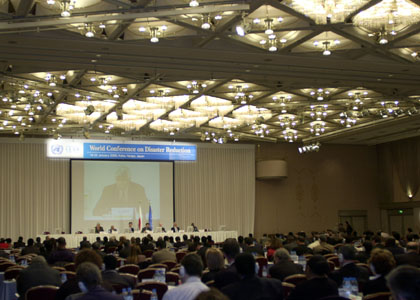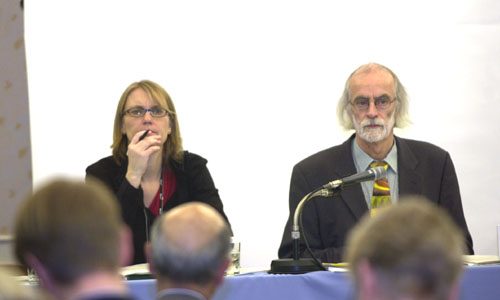|
Plenary: |
General
Statements:
|
|
|
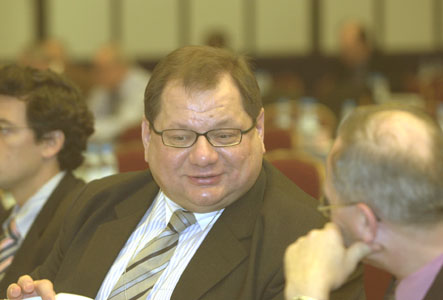
|
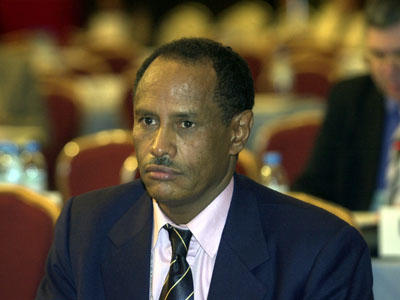
|
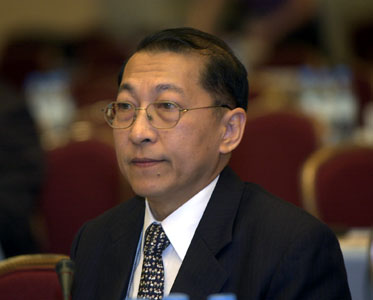
|
|
Ryszard Kalisz,
Minister of Interior and Administration (Poland), noted bilateral
agreements with neighboring countries regarding post disaster
activities and mutual assistance.
|
El Sadiq Almagly, Deputy Permanent Representative of Sudan
to the UN Geneva, recalled the outcome of the Millennium
Summit on disaster reduction.
|
Thakur Phanit, Deputy Permanent Secretary General of the
Ministry of Foreign Affairs (Thailand), supported the proposed
framework for action, which links disaster reduction to
sustainable development.
|
|
Special Forum:
|
|
|
|
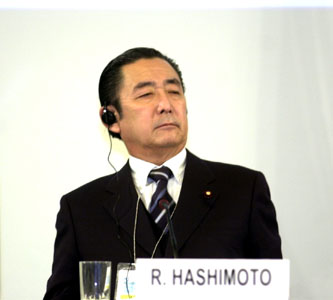
|
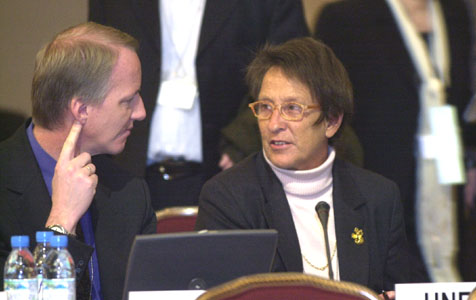
|
|
Ryutaro
Hashimoto, UN Secretary-General’s Advisory Board on
Water and Sanitation, urged participants to adopt the target
to halve the number of lives lost in water-related disasters
by 2015.
|
Joke Waller-Hunter,
UNFCCC, highlighted the link between adaptation to climate
change and disaster reduction. She also conveyed the support
of the tenth Conference of the Parties to the UNFCCC for the
successful outcome of the WCDR.
|
|
|
|
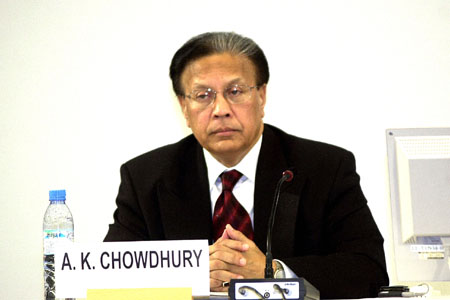
|

|
|
Anwarul
Chowdhury, High Representative for LDCs, Landlocked
Developing Countries and SIDS, said the Kobe outcome should
recognize the disproportionately high vulnerability of SIDS
and LDCs to disasters. He stressed SIDS' need for early
warning systems, emergency relief and reconstruction
capacities.
|
James
Morris, World Food Programme, reminded participants that
hunger takes as many lives every week as the recent Indian
Ocean disaster did.
|
|
|
Main Committee:
|
|
|
The main committee continued
negotiations on the draft framework for action. Although visible
progress was made, it seems that the issue of referencing climate
change appears to be the main sticking point for a number of key players.
Above photo L-R: Helena Molin-Valdes (ISDR) and Main Committee Chair
Marco Ferrari (Switzerland); Below photos: Delegates from the Main
Committee session.
|
|
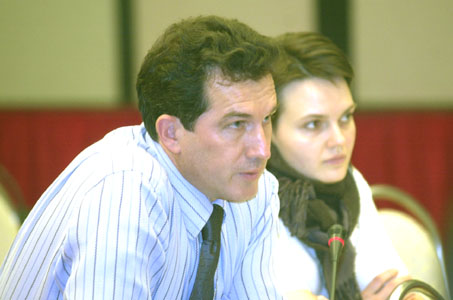
|
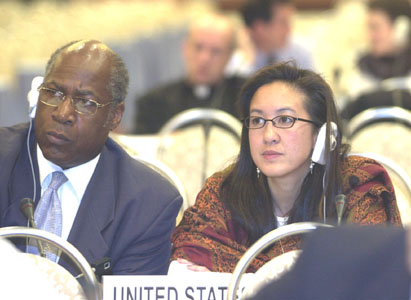
|
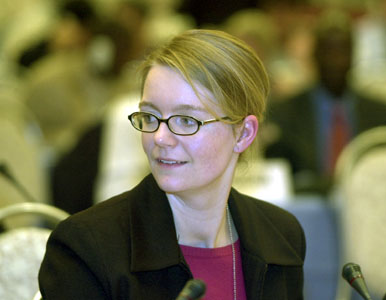
|
|
Above photos L-R: Yuri
Boychenko and Natalia Zolotova of the Russian
Federation; Michael Peay and Donna Lee of the
United States; and Daniela Gregr of Luxembourg speaking
on behalf of the EU.
|
|
|
|
|
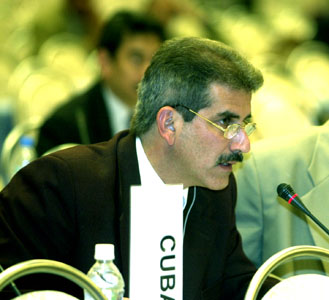
|
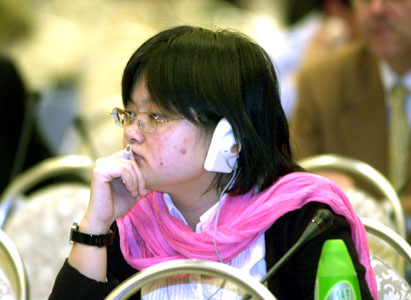
|
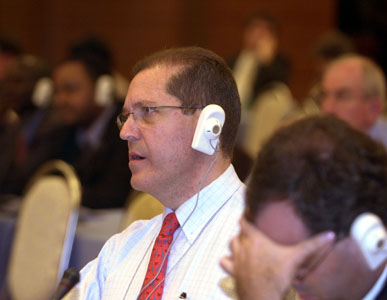
|
|
Above photos L-R: Pedro
Fanego of Cuba; Mei Fang of China and Hadil Da
Rocha-Vianna of Brazil
|
|
|
|
|
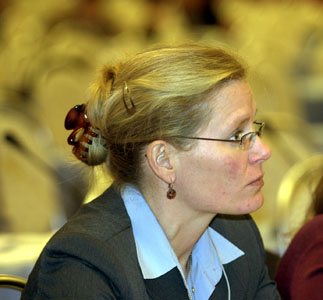
|
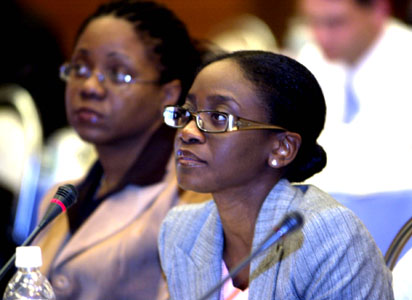 |
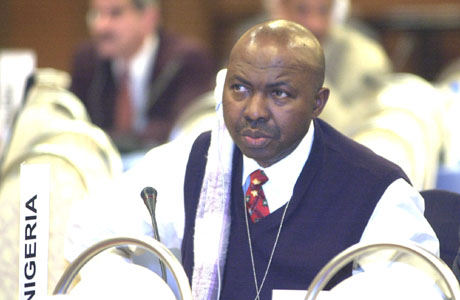 |
|
Above photos; Leslie
Norton of Canada; Natalie Burke with Karen Smith
in the background from Barbados; and John Ejinaka of
Nigeria
|
|
|
|
|
|
Thematic Segment:
|
|
Special thematic session on Tsunami:
|
|
|
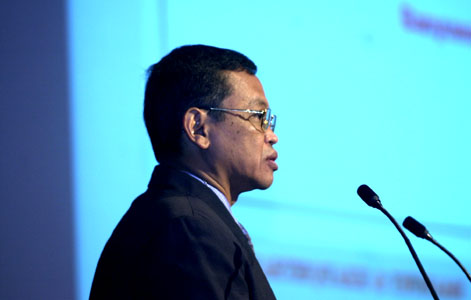
|
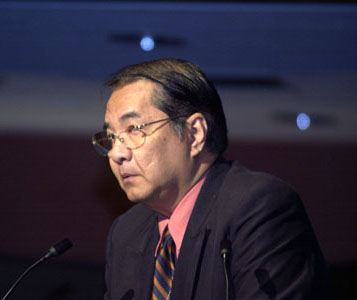
|
|
P. J. Prih Harjadi, Director, Indonesia's Geophysical Data
and Information Center, reported on Indonesia's historical
vulnerability to tsunamis.
|
Kriengkrai Khovadhana,
Deputy Director-General, Thailand's
Meteorological Department, presented a plan to educate
citizens and
tourists.
|
|
|
|
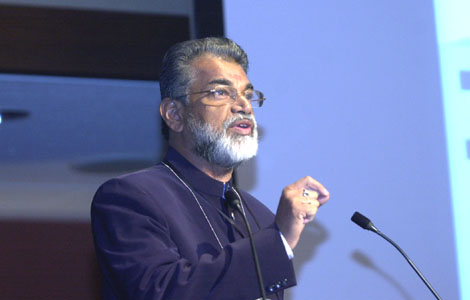
|
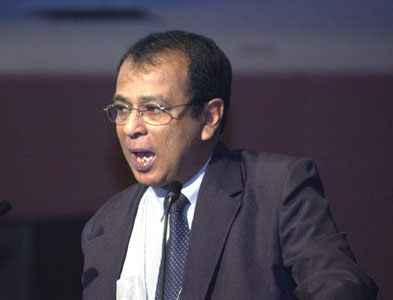
|
|
K. Radhakrishnan,
Director, Indian National Centre for Ocean Information
Services outlined an initiative for mitigating storm surges
and tsunamis. The project will be completed by 2007 and will
cost US $30 million.
|
Sarath Weerawamakula,
Director, Sri Lanka's Geological Survey and
Mines Bureau, suggested an early warning system for cyclones
as well
as tsunamis, and requested international support to monitor
the newly
developing plate boundary south of Sri Lanka. He said
unidentified
tremors are felt frequently in Sri Lanka.
|
|
|
|
|
High Level Round Table 3: What
will tomorrow hold?
|
|
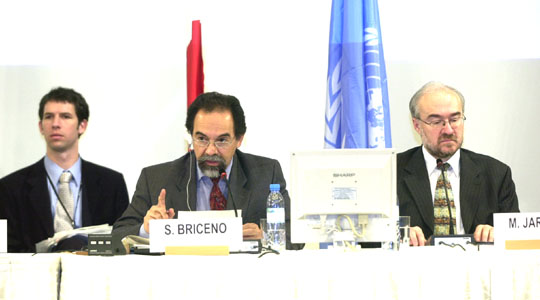 |
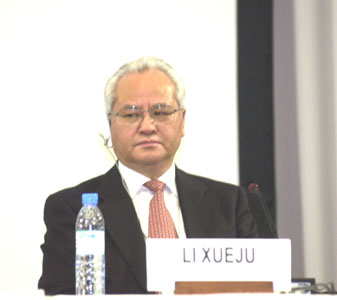
|
|
Above photos L-R:
Sálvano Briceño, Director, ISDR, chaired a round table on:
Emerging risks; what will tomorrow hold?
Michel
Jarraud, Secretary-General, World Meteorological
Organization (WMO), emphasized the high return of investments in
disaster reduction and said WMO is committed to halve the number
of lives lost due to disasters in the next decade. He added that
LDCs and SIDS are hit harder by disasters, setting back their
development by decades.
Li
Xueju, Chinese Minister of Civil Affairs, called for the use
of technology to improve risk determination assessment, disaster
mapping and support for local capacity building.
|
|
|
|
Thematic Panel Cluster 2: Risk
identification, assessment, monitoring and early warning
|
|
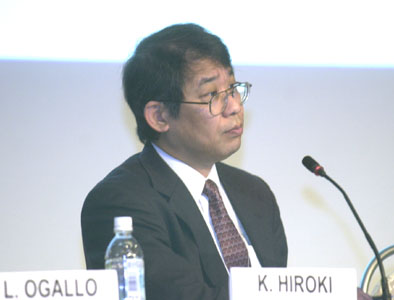
|
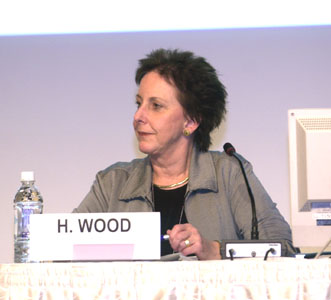
|
|
Kenzo Hiroki,
Japan's Ministry of Land, Infrastructure and Transport,
used case studies to show the potential of well-designed early
warning
systems to dramatically reduce loss of life.
|
Helen
Wood, USA's National Oceanic and Atmospheric
Administration,
chaired the session and will report to plenary on Saturday.
|
|
|
|

|
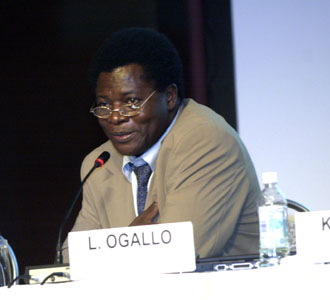
|
|
Barbara Carby,
Jamaica's Office for Disaster Preparedness and Emergency
Management (OPDEM) said Jamaica's experience with volunteer
rain-gauge
readers demonstrates the important role of local and informal
data
collection.
|
Laban
Ogallo, World Meteorological Organization Drought
Monitoring
Centre, stressed the importance of community based solutions
and
incorporating traditional knowledge.
|
|
|
|
WCDR
ENB Snapshots:
|
|
|
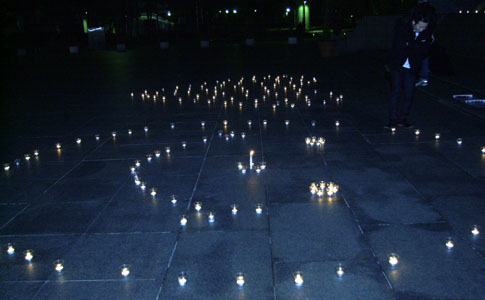
|
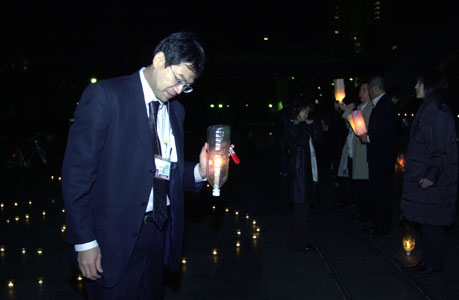
|
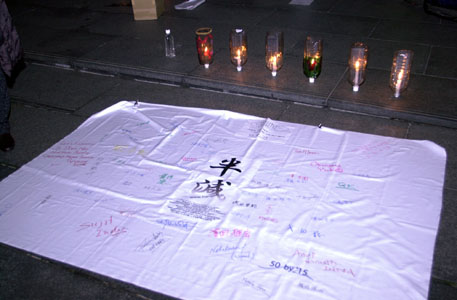
|
|
Above photos L-R: Members
of the Japan Water forum and NPO Waterscape held a candle-lit
vigil for victims of disasters worldwide; Hideki Sawa, World
Water Forum (center) lit a candle; Delegates were asked to
sign a petition banner.
|
|
|
|
|

|

|

|
|
Above photos: Traditonal
Japanese art of flower arranging called Ikebana. Courtesy of
the Hyogo Ikebana Society.
|
|
|



